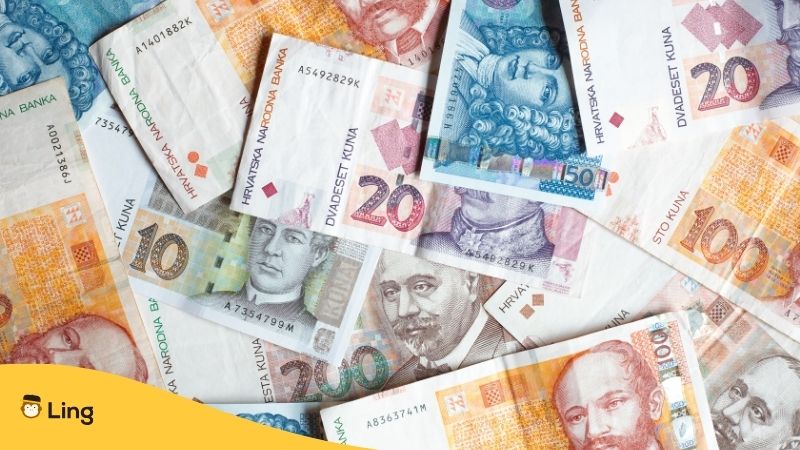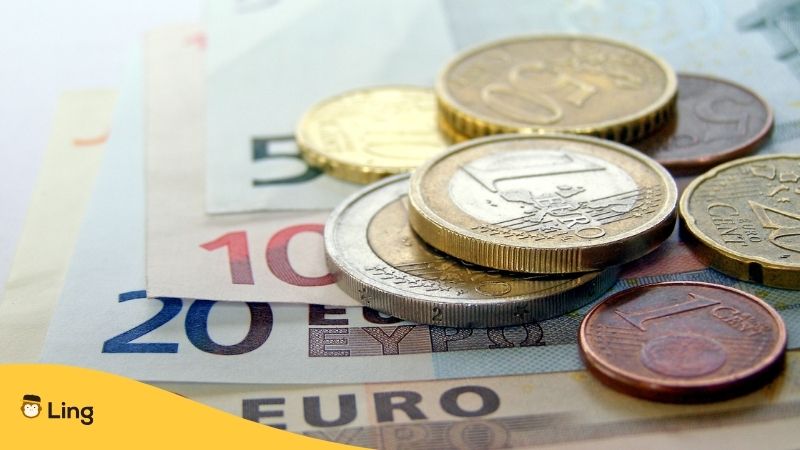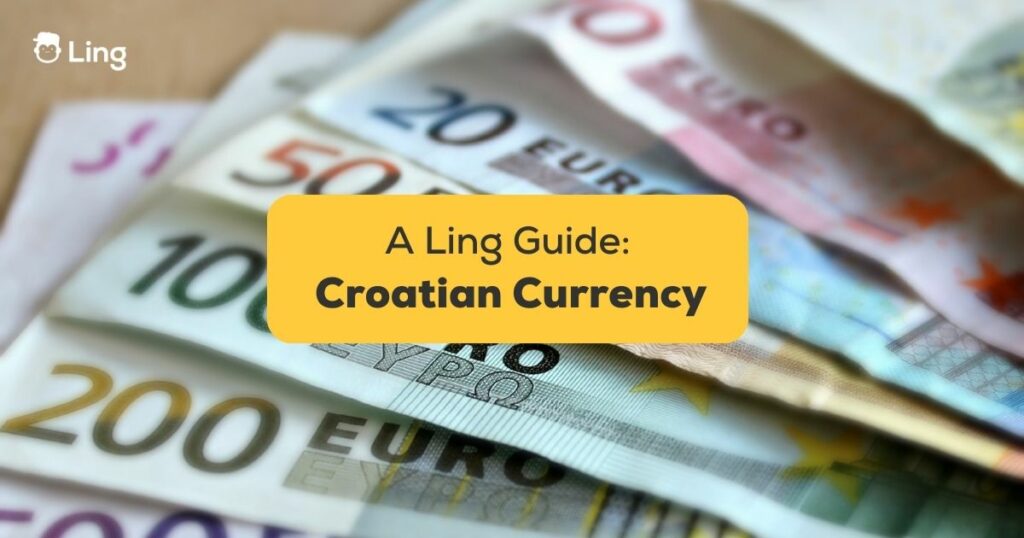When it comes to planning your trip to Croatia, one of the first things you’ll likely wonder about is the Croatian currency situation. I mean, kunas (HRK)? Why are others using the Euro? How do you even pronounce that? And how many can I get for my American dollars or Euros anyway? I totally get it – currency conversion rates and foreign money maneuvers can definitely be confusing, especially if Croatia and its money are new territory for you.
In this post, I’m going to give you an insider’s guide to Croatian money so you can travel like a local on your upcoming adventures through Croatia. As someone who learned Croatian (albeit badly) and has spent plenty of time crisscrossing that beautiful country, I’ve picked up a thing or two about making this currency talk work for you. I’ll also share some simple words in Croatian language related to this topic.
Table of Contents
What Is The Croatian Currency?
So Croatia’s currency is actually a little confusing since it recently changed over to the Euro in 2023. Up until last year, the Croatian monetary unit was called the kuna (pronounced “KOO-nah”). Don’t worry, I definitely butchered the pronunciation when I first visited Dubrovnik too!
The kuna was the official currency used in Croatia from 1994 until it adopted the Euro. And if you found some spare Croatian money after a trip a few years back, nope, it’s not fake – it was legit! Back then, one kuna was divided into 100 smaller units called lipa (“LEE-pah”).
Today, when you visit Croatia or check exchange rates online to figure out your travel budget, you’ll be looking at kunas in terms of Euros rather than the other way around. It may take a few years for the language to catch up, so people might still refer to prices in the old kunas out of habit. Drop some Euro coins in their hand though and everything will be crystal clear!

Croatian Kuna Denominations
Back when Croatia still used the kuna, you would have handled kuna banknotes and coins just like any other money. Now if you unearth some from the bottom of your travel backpack, no need to panic – you didn’t stumble on counterfeits! Let me break down the various kuna denominations you might see:
Banknotes
The kuna came in banknotes of 10, 20, 50, 100, 200, 500, and 1,000 kunas. They featured super boring abstract designs in different colors on one side, with more fun illustrations of famous Croatian plants, artists, and inventions on the flip side.
Coins
Coins came in much smaller amounts since prices in Croatia have always required exact change like 1, 2, 5 lipas up to 5 kunas maximum. No massive Croatian coins to lug around, thankfully! You’d also occasionally get commemorative edition kuna coins celebrating events like the Olympics, historical milestones, or Croatian nature preserves.

Getting Euro For Your Trip To Croatia
Before your trip, check the current Euro to Dollar or Euro to your home currency rate. This gives you a sense of value so you can stick to your budget and know if Croatia seems affordable or more of a splurge. Tracking exchange rate apps also help estimate prices on the fly.
Here are your options for exchanging money:
Use ATMs To Get Cash
- ATMs are widely available, especially in larger cities
- Withdrawals incur foreign transaction fees, so take out larger amounts at once
- Notify your bank before travel to reduce fraud alerts
Exchange At Bureaus Or Banks
- Look for licensed exchange bureaus in commercial areas
- Banks also exchange foreign currencies, but lines may be longer
- Compare rates displayed outside to get the best deal
Order Euros Ahead From Your Bank
- Ask your hometown bank to order Euros in advance
- Must plan ahead; order 1-2 weeks before departure
- Gets you cash at a set rate without fees or delays
Pay With Credit Or Debit Card
- Cards are commonly accepted at major stores, hotels etc.
- Visa and Mastercard are better than American Express
- Alert your card company before travel
Use Dynamic Currency Conversion Cautiously
- Some shops offer to convert bills to USD when paying
- Seems convenient, but has costly hidden conversion fees
- Pay the original bill in Croatian kuna instead
Avoid Exchanging At Airports
- Airport exchange desks notoriously have the worst rates
- Better to take out cash from an ATM in the city
- Only exchange as a very last airport resort!
Easy Croatian Phrases For Money
While English is common in tourist areas, Croatia has a beautifully complex language. Learning just a few key phrases around Croatian money will help you connect on a deeper level as you shop at markets, order delicious food, and maybe make a local friend or two.
And I know what you may be thinking, Croatian looks crazy hard to pronounce! To help you out, I tabulated all the basic Croatian words related to currency that you can use.
| English | Croatian |
|---|---|
| Money | Novac |
| Bank | Banka |
| Currency | Valuta |
| Exchange rate | Tečaj |
| ATM | Bankomat |
| Credit card | Kreditna kartica |
| Debit card | Debitna kartica |
| Cash | Gotovina |
| Cheque | Ček |
| Savings | Štednja |
| Loan | Kredit |
| Interest rate | Kamatna stopa |
| Account | Račun |
| Deposit | Polog |
| Withdrawal | Isplata |
| Transfer | Prijenos |
| Budget | Proračun |
| Expense | Trošak |
| Income | Prihod |
| Investment | Investicija |
Learn Croatian With Ling
Well there you have it, my friend – from pronouncing those tricky Slavic combos to budgeting for island hopping adventures, you’ve now got the inside scoop on managing money in Croatia!
But no need to stop your Croatian language journey here! Fluency will help you understand cultural nuances, read those signs in rural villages, or maybe fall in love with a Croatian cutie. Okay, no promises on the last one – but it would make for an epic ‘how we met’ story, right?!
If you want to build on the basics we covered around pronunciations, currency phrases, and slang lingo before your upcoming Croatia vacation, I highly recommend starting with the Ling app.
Ling has super short, interactive beginner Croatian lessons with words and phrases centered around real-life situations like ordering food, asking directions, making friends, and more grammar than you can shake a kuna coin at. Bonus – it even has an interactive chatbot too for learning on your own during long flights or train rides through the countryside.


































































